There was a time when the only essential extras on a company car were mats and mud flaps, but now there is a seemingly unending list of assistant-this and automatic-that.
When it comes to options, the sky really is the limit. It’s easy to get confused, but thankfully Parkers is on hand to tell you what you want and what you don’t.
As well as the high-tech options below, it’s also worth ensuring your next car comes with the essentials as standard. Things like cruise control, sat-nav, Bluetooth, parking sensors and DAB radio are commonplace on most equipment lists and we think you’ll definitely notice if they’re missing.
Check out our top six gadgets below:
High beam assistant
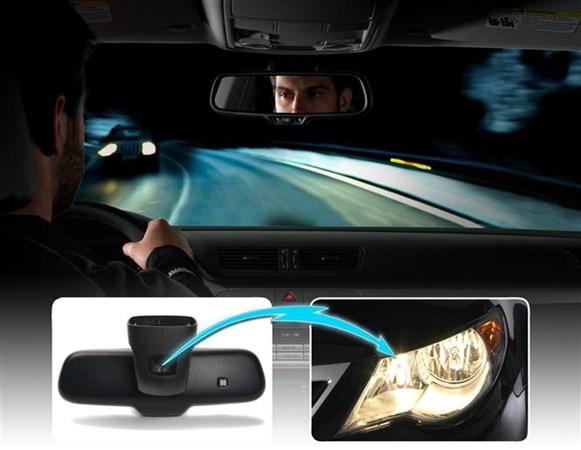
What is it? Head lights that automatically switch between high beam and dipped beam in response to other motorists.
Why have it? These trick headlights sense when it’s dark enough for main beam and automatically activate it for you. As well as being convenient, sensors spot the front or rear lights of other cars and automatically dim the lights, preventing them from dazzling other motorists – even more essential in these days of ultra-bright HID and LED light technologies. It also helps you focus on driving, useful as you are most likely to be using high beams on small, unlit roads, which require maximum concentration. Even more technical systems use blocks of LEDs and can adapt the high beam pattern to block out oncoming vehicles from glare.
Head-up display
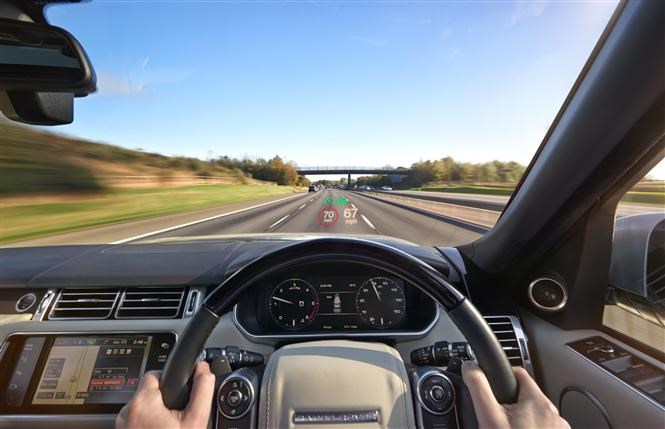
What is it? Speed and other important information is projected onto a panel above the dashboard or a section of the windscreen.
Why have it? Initially developed to help pilots keep their eyes on the road (so to speak) head-up displays are now available for motorists. It might seem like a gimmick but we’ve all had those heart-stopping moments when someone stops suddenly in front of you while you were looking down at your speedometer or sat nav. A HUD system will save you those few seconds of thinking time and also make long distance drives less arduous thanks to the projection of essential information right into your eye line.
Blind spot detection
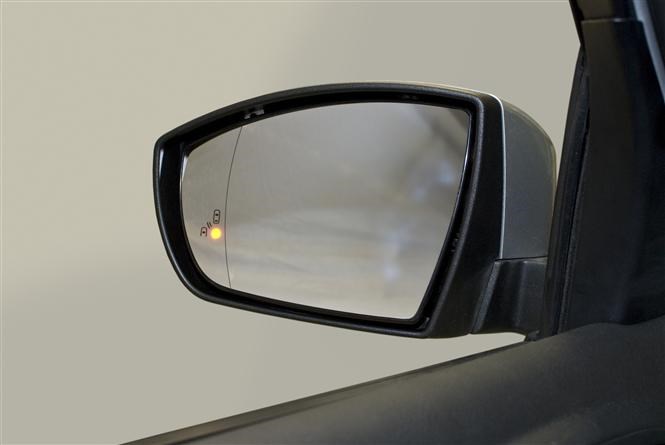
What is it? Visual or audible alert to the presence of another vehicle in the blind spot located to the rear or side of the car.
Why have it? No matter how fastidious your over-the-shoulder check is, most motorists have missed a vehicle sat in the area not covered by the rear-view or wing mirrors at one time or another. A blind spot detector fills the gap by alerting you to an obstacle behind or alongside. As well as warning you of expensive bumper bending accidents in town, the flashing light or audible alarm will also help you avoid dangerous high-speed shunts on the motorway.
Lane keeping assist
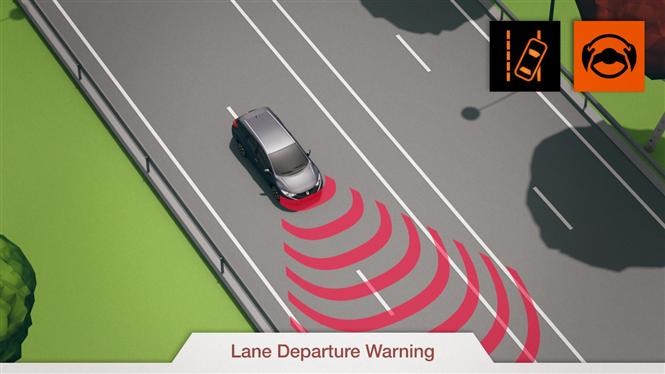
What is it? Sensors that detect when you are wandering out of your lane, and in some systems correct it for you.
Why have it? Lane keeping systems that keep an eye on whether you are about to drift out of your lane have been with us for a while now, but new technology available in some cars can actually nudge you back into the centre without your input. You might think this is only useful as a safety feature in an emergency, but it also takes a lot of the work out of a long motorway journey under normal conditions by keeping you between the lines. Combine this with adaptive cruise control (below) and you have a vehicle which does most of the driving for you.
Adaptive cruise control

What is it? Set the speed you want and the system accelerates and slows down in response to other traffic.
Why have it? Cruise control takes a lot of the work out of a motorway trek but because everyone does a slightly different speed, it only really works if there are no other cars around you. Adaptive cruise control uses a sensor on the front of the car to adjust your speed in order to maintain a set distance, even down to a standstill. Some can see cars about to pull out before you can, slowing down gently rather than having to brake, which is more comfortable and economical.
Parking assistance system
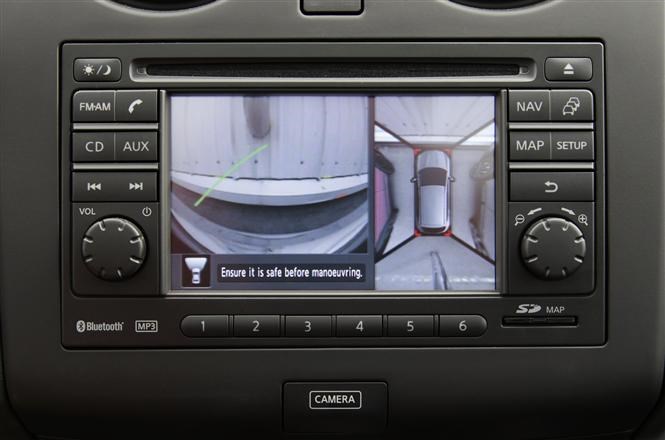
What is it? Like having valet parking where ever you go, activate the system up and let the car park for you.
Why have it? Parking sensors and cameras have become valuable additions to the arsenal of kit available to avoid low-speed prangs. The parking assistance system is the natural evolution of this, just line the car up next to a space, push the button and the car parks itself. Some work for both reverse and parallel parking, but some only do one or the other. You might like to park using nothing but the force but your fleet manager would probably prefer to have cars free of bumper scrapes.


